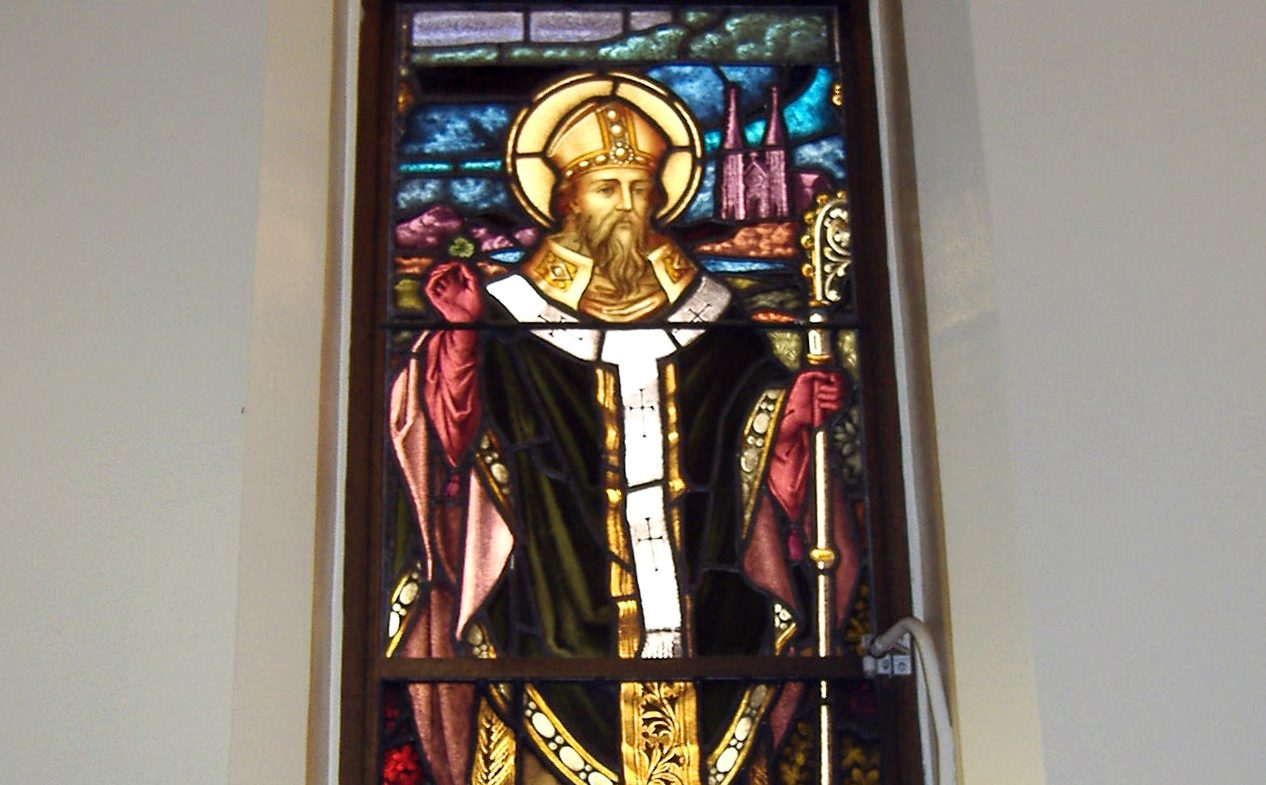
Ireland has many saints, the stories of whom have come down to us from tradition, often wrapped in legend and myth, but Patrick is different; he tells his own story.
His brief autobiography, written in old age, begins with an introduction: My name is Patrick and goes on to recount how at 16 he was captured, taken hostage and sold to a Druid in the north of Ireland, how he worked there for six years as a herdsman exposed to all weathers and conditions and how he prayed, “up to a hundred times a day” and the same at night. He tells of a dream that prompted him to journey 200 miles to the coast where, miraculously, a ship was waiting and he found passage back to Britain and his family.
However, it was the results of another ‘vision in the night’ which endeared Patrick to the Irish people to this present day. He tells us:
Many years later having become ordained as priest and bishop, Patrick did arrive back in Ireland. The year was 432. The rest as we say, is history. His teaching and example as he travelled the length and breadth of the country, inspired a faith in the Irish people, the depth of which carried them down the ages through occupation, dispossession of land and culture and the unspeakable horrors of famine and war.
But what do we know of Patrick himself? In his writings we see a man of immense humility, filled with passionate love of God, and the people. We see his respect for the indigenous people in his incorporation of their reverence for the land, waters, seasonal cycles and the heavens, with Christian principles and rituals. His administrative ability enabled him to set up councils and monasteries throughout the country and he showed enormous courage in his denunciation of the British mistreatment of the Irish Christians. And in all of this there is never a doubt as to the source of his strength: his total trust in the ‘Triune God’ and in Christ as his breastplate. “The Deer’s Cry”, traditionally attributed to Patrick, endures to this day.
Little wonder then that each year in Ireland, 17 March, the date of Patrick’s death, is a day of great celebration. Normal life is suspended while singing and dancing take over the streets. Traditionally families go to Mass in the morning, proudly wearing a sprig of shamrock, and then the party begins. Thousands flock to join the huge Dublin parade with performing artists from all over the world. Many of our New Irish bring their cultures too to the parade as it snakes its way colourfully through the heart of the city, and now, thanks to the Irish diaspora, St. Patrick’s Day is celebrated worldwide. Even our politicians take part in the action, delivering a bowl of shamrock to the White House in honour of America’s welcome of our refugees from oppression, war and famine, many years ago.
And all this because Patrick, trafficked as a young boy to work in a foreign land, found it in his heart to forgive, and in answer to a call, returned to that foreign land to share with the people there a Light infinitely greater than the sun they worshipped, and to offer them a freedom beyond anything they had ever known.
We are grateful to him.
Sr Briege Buckley rsj
Ireland Region
Reference: The Confession of St. Patrick, translated from Latin by Padraig McCarthy, 2003. Quoted with permission.
The Deer’s Cry, attributed to St Patrick, is known by several names: The Breastplate of St Patrick and Lorica to mention two. It is a beautiful prayer celebrating a God who lives with his children, guiding them, sheltering them, strengthening them. A God who is with us and in us through his Creation. In 1994 Irish composer Shaun Davey put a section of the Breastplate to music in his album The Pilgrim, sung by Rita Connolly. View it below:
